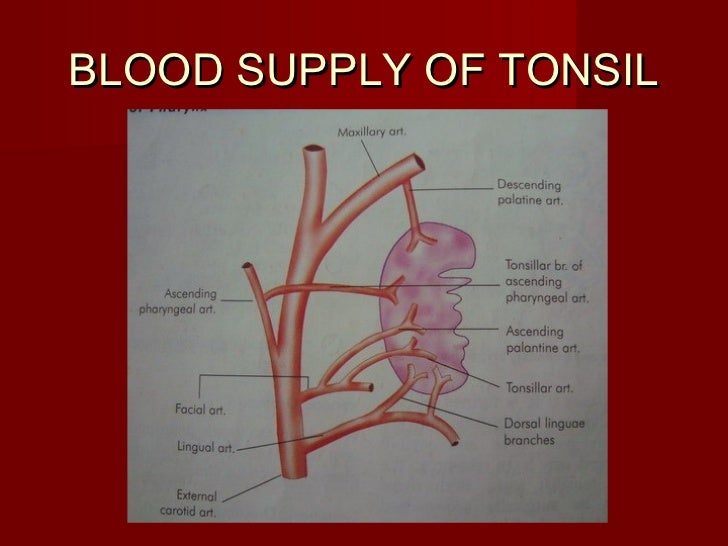

The laryngeal ventricle is the fossa or sinus that lies between the vocal and vestibular folds on either side. This ring is not uniform in height, at the dorsal-most aspect, there is a reduction in the height of this fold creating susceptibility to food or liquid incursions. The aryepiglottic folds serve as a protective wall that prevents food from passing into the laryngeal aditus and together, with the associated cartilages forms a protective ring. This is sometimes referred to as the lateral food channel. The piriform sinus can be found just lateral to the aryepiglottic folds, which form the medial border of these sinuses. The aryepiglottic folds demarcate the opening into the laryngeal lumen. The aryepiglottic folds extend over the lateral aspects of epiglottic, cuneiform, corniculate and arytenoid cartilages. The cricoarytenoid synovial joint allows the arytenoid cartilages to translate on both an anterior-posterior axis and lateral-medial axis, as well as rotate about a cranial-caudal axis. The second set of synovial joints exists between the cricoid and arytenoids (cricoarytenoid synovial joint). This joint allows the thyroid cartilage to rotate about the cricoid cartilage and allows the cricoid cartilage to separate from or approximate to the thyroid cartilage anteriorly. One pair of synovial joints exists between the thyroid and cricoid cartilages. There are two essential synovial joints associated with the larynx. These cartilages form connections via numerous membranes, ligaments, and synovial joints. The cuneiform cartilage can be found sitting anterior and lateral to both arytenoids. The corniculate cartilage can be found at the apex of both arytenoid cartilages. These two small, paired cartilages border the opening into the laryngeal vestibule both dorsally and laterally. Additionally, each arytenoid cartilage has an associated corniculate and cuneiform cartilage. Both arytenoid cartilages give off a lateral extension (muscular process) and anterior extension (vocal process) which aid in supporting the vocal ligaments. The paired arytenoid cartilages are found on the dorsal aspect of the larynx, attached superiorly to the cricoid cartilage. The three paired cartilages include the arytenoid, corniculate, and cuneiform cartilages. The thyroid cartilage, with the epiglottic cartilage superior, predominates anteriorly and forms the laryngeal prominence (i.e., Adam’s Apple), while the predominate cartilage dorsally is the cricoid cartilage which sits inferior to the thyroid cartilage. The epiglottic, thyroid, and cricoid cartilages make up the three unpaired cartilages and are arranged superior to inferior respectively. The larynx is composed of nine contributing cartilages: three unpaired cartilages and three paired cartilages, which share connections to each other, the hyoid (superiorly), and the trachea (inferiorly). Dorsally, the larynx attaches to the muscular walls of the pharynx. Anterosuperiorly, the larynx articulates with the hyoid bone via the thyrohyoid membrane. The larynx is the superior portion of the respiratory tract and aligned on its long axis, is vertically adjacent to the trachea, which lies directly inferior to the larynx and is connected via the cricotracheal ligament. The larynx is found within the visceral compartment of the neck and serves as the “floor” of the anterior triangle of the neck. It is because of this anatomical relationship an infant is able to swallow liquids and breathe almost simultaneously.īy adulthood, the larynx descends inferiorly to its final position. This allows inspired air to move from the nose to the trachea directly. In infants, this high position results in direct contact between the soft palate and epiglottis. Initially, at birth and for the first couple years of life, the larynx is further superior in the neck than in adults. The anatomical position of the larynx is also dynamic in nature and varies from birth to maturity. The anatomical position, composition, associated musculature and innervation of the larynx all contribute to this structure’s capabilities. In addition to housing the vocal cords and producing phonation, the larynx assists with multiple other functions including but not limited to: airway protection, regulating intrathoracic pressures, and regulating intra-abdominal pressures. The larynx is a midline structure positioned at the interface between the digestive and respiratory tracts. The larynx is a dynamic, flexible structure composed of a cartilaginous core with interconnecting membranes and associated musculature.


 0 kommentar(er)
0 kommentar(er)
